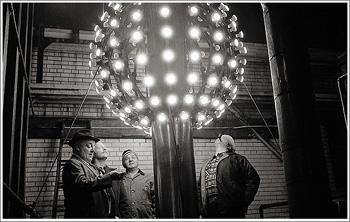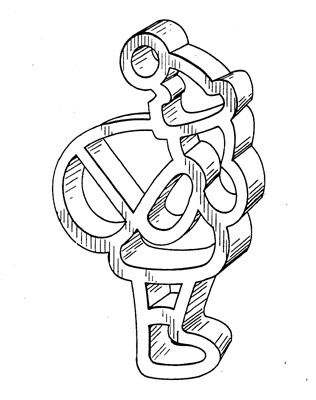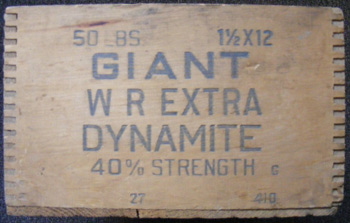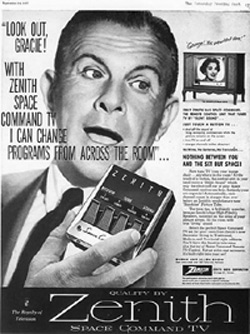Question from Cassie:
Happy New Year, Geek! I thought of this one over the Holiday. My daughter received a bunch of Shrinky Dink kits – I used to love them when I was little too (couldn’t believe they’re still around, either)! Anyway, I was wondering if there was a patent on these? They’re so unique I figured there must be…
– Cassie
Hello Cassie. I also loved those when I was little. They always seemed so magical.
Shrinky Dinks were invented as part of a Cub Scout project. In 1973, Betty Morris and Kathryn Bloomberg developed the craft with their sons. The first Shrinky Dinks were sold October 17, 1973 at the Brookfield Square Shopping Mall in Brookfield Wisconsin.
Despite seeming so amazing, there is actually no patent on the toy. The plastic sheets that shrink while getting thicker are actually polystyrene. This is the same polymer as recycled plastic #6. The manufacturing of polystyrene heats and rolls the polymer into thin sheets which are rapidly cooled. When the plastic Shrinky Dink sheets are put in the oven the heat cause the material to return to its original form. Matter and mass are not lost so the material shrinks in length and width and grows in thickness.
Polystyrene is a readily available and widely produced plastic so no patent could be filed for the magical Shrinky Dink toy. This doesn’t make the craft any less wondrous to watch as a child.

 The opening of the ski slopes is not completely in the hands of Mother Nature, and for that you can thank Dr. Ray Ringer. Ringer was not actually trying to invent a way to extend the ski season. His discovery of snowmaking is another happy accident.
The opening of the ski slopes is not completely in the hands of Mother Nature, and for that you can thank Dr. Ray Ringer. Ringer was not actually trying to invent a way to extend the ski season. His discovery of snowmaking is another happy accident. The famous Times Square time ball is one of the most iconic players in the tradition of ringing in the New Year. For over 100 years, millions have gathered together in New York City to celebrate its decent.
The famous Times Square time ball is one of the most iconic players in the tradition of ringing in the New Year. For over 100 years, millions have gathered together in New York City to celebrate its decent.
 Artificial Christmas trees first appeared in America during the late 19th century. German immigrants brought these new types of Christmas decorations with them. These early trees did not resemble live pine trees in the least. Instead, they were made of metal wires covered in feathers of turkeys, ostrich, swan or goose feathers. These feathers were often dyed green.
Artificial Christmas trees first appeared in America during the late 19th century. German immigrants brought these new types of Christmas decorations with them. These early trees did not resemble live pine trees in the least. Instead, they were made of metal wires covered in feathers of turkeys, ostrich, swan or goose feathers. These feathers were often dyed green. Swedish chemist, inventor and engineer Alfred Nobel held more than 350 patents and owned several companies which created and sold explosives. Still he is best known as the founder of the Nobel Prizes and that is the way he wanted.
Swedish chemist, inventor and engineer Alfred Nobel held more than 350 patents and owned several companies which created and sold explosives. Still he is best known as the founder of the Nobel Prizes and that is the way he wanted. We can all thank Robert Adler for the ability to be complete couch potatoes while watching TV. Born December 4, 1913, Robert Adler held 180 patents for electronic devices but he is best known for having invented the first useable wireless television remote control.
We can all thank Robert Adler for the ability to be complete couch potatoes while watching TV. Born December 4, 1913, Robert Adler held 180 patents for electronic devices but he is best known for having invented the first useable wireless television remote control.